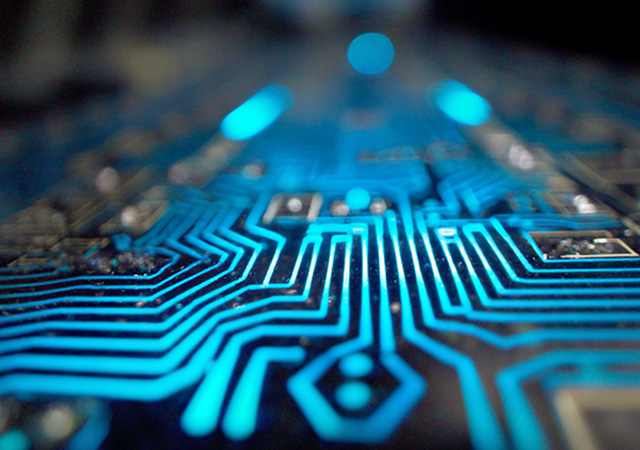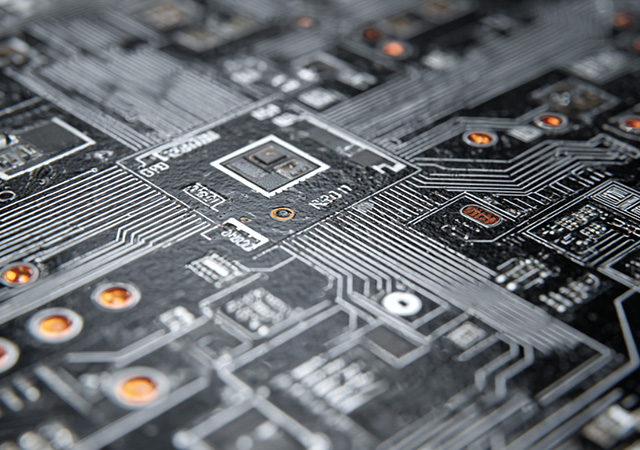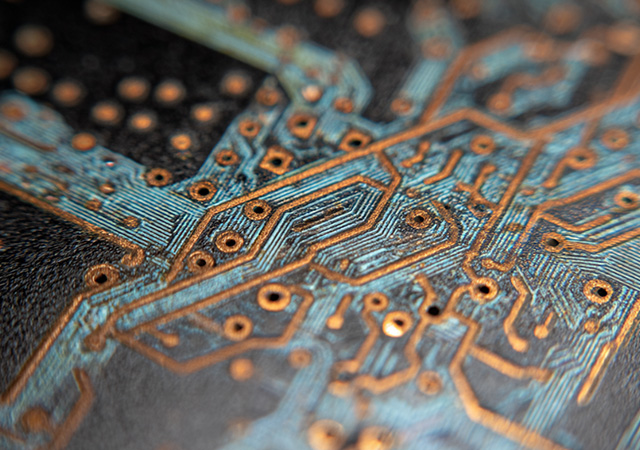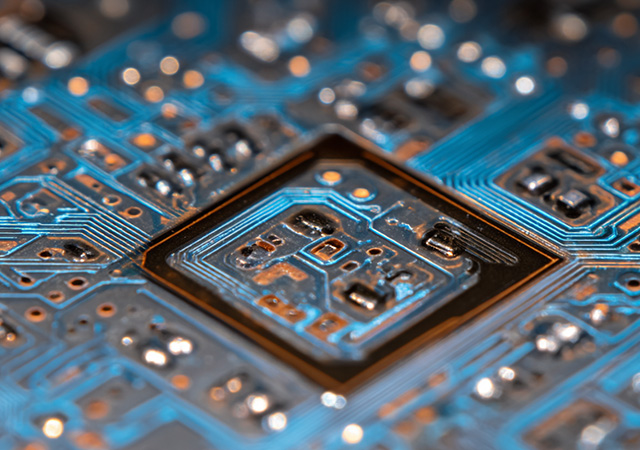-
- PCB TYPE
- PRINTED CIRCUIT BOARD PROTOTYPE ALUMINUM PRINTED CIRCUIT BOARD R&F PCB FPC HIGH FREQUENCY PCB HIGH-TG PCB HEAVY COPPER PCB HDI PCB PCB FOR LIGHTING METAL CORE PCB

Aluminum printed circuit boards (PCBs) have transcended their traditional role as thermal management solutions to become versatile platforms enabling innovation across electronics. As demand for high-power, compact, and durable devices grows, aluminum PCBs have evolved through material diversification, advanced manufacturing, and application expansion. This article explores the current landscape of aluminum PCBs, focusing on material innovations beyond standard alloys, emerging use cases in specialized industries, sustainable manufacturing practices, and design strategies that maximize their unique advantages.

High reflective soldermask has emerged as a critical component in modern electronics, where light efficiency and thermal management are paramount. Unlike standard soldermasks, which prioritize electrical insulation and corrosion resistance, high reflective variants are engineered to maximize light reflection, minimizing energy loss in light-emitting applications while maintaining robust protective properties. This article explores the material science behind high reflective soldermasks, their performance characteristics, key applications across industries, and advancements driving their evolution in high-efficiency electronics.

White high reflective solder mask has emerged as a critical material in modern PCB manufacturing, bridging optical performance and electrical functionality in applications where light efficiency is paramount. Unlike standard green or black solder masks, which prioritize electrical insulation and corrosion resistance, white high reflective variants are engineered to maximize light reflection, making them indispensable in LED lighting, display technologies, and optical sensors. This article explores the material composition, performance characteristics, manufacturing processes, and key applications of white high reflective solder mask, highlighting its role in enhancing energy efficiency and optical precision in electronic systems.

In the realm of aluminum printed circuit boards (PCBs), the integration of high-reflectivity soldermask has emerged as a game-changing innovation for optical applications. 95% reflectivity soldermask aluminum PCBs combine the thermal management strengths of aluminum substrates with specialized coatings that maximize light reflection, addressing critical efficiency challenges in LED lighting, display technologies, and optical sensors. This article explores the material science, design principles, applications, and manufacturing advancements behind these specialized PCBs, highlighting their role in driving performance gains in light-dependent electronic systems.

Aluminum printed circuit boards (PCBs) have solidified their position as indispensable components in modern electronics, driven by their unique combination of thermal efficiency, mechanical resilience, and design flexibility. As industries push toward higher power densities, miniaturization, and sustainability, aluminum PCBs continue to evolve, integrating innovative materials and manufacturing techniques. This article explores the latest advancements in aluminum PCB technology, focusing on material breakthroughs, adaptive design strategies, emerging application landscapes, and eco-conscious manufacturing practices that define the next generation of these critical components.

Got project ready to assembly? Contact us: info@apollopcb.com



We're not around but we still want to hear from you! Leave us a note:

Leave Message to APOLLOPCB
